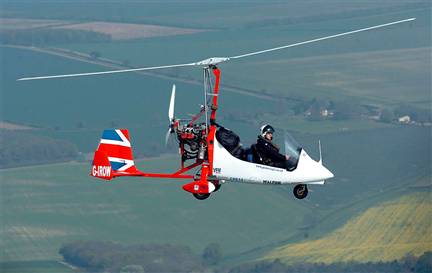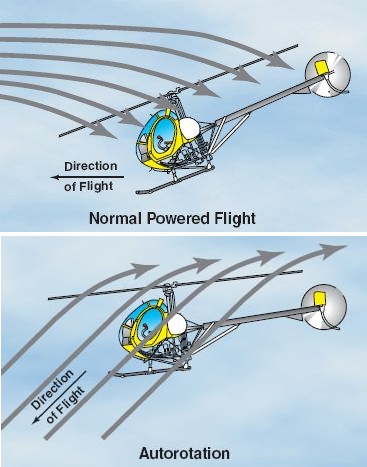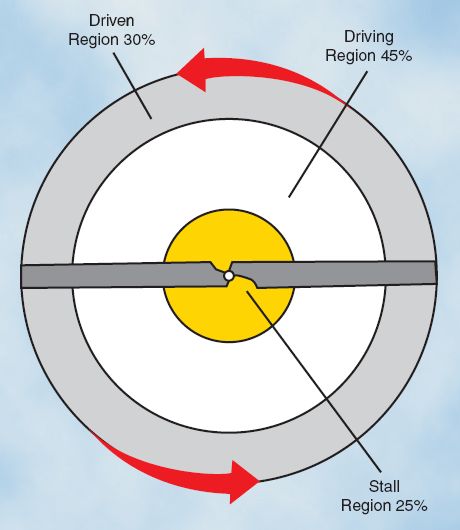Autorotation
I was watching the movie “Road Warrior” yesterday on Netflix (which probably qualifies as required viewing for anyone who digs the science fiction genre). I was intrigued by a helicopter-looking machine in the movie which looked a lot like that shown in the video above.
What really puzzled me about this helicopter-like machine was the spindly, relatively unsupported structure supporting the main rotor. Helicopters with powered main rotors usually have beefy structures supporting the main rotor for transmitting engine torque and adjusting the pitch of the blades to maneuver the aircraft. But this machine didn’t even look like power was being transmitted from the engine to the main rotor; this made me wonder, “How the heck is this thing being held aloft without a powered main rotor; and how is the main rotor even spinning then?”
As it turns out, there is actually a class of machines that do have unpowered main rotors which are still providing lift for the vehicle and they are called Autogyros. They rely on a principle called autorotation, which is a term for the aerodynamic effect of air rising up through the main rotor, as opposed to being drawn down through the rotor, as helicopters do when moving forward in flight.
Air rising up through a rotor can force a properly designed airfoil to spin and provide lift. While the principle of autorotation is the method by which helicopters can land safely if engine power is lost, it also can be exploited to provide lift for a machine whose main rotor is not powered by an engine at all, and this is what autogyros do.
By angling the main rotor backwards, so that air is forced up through the rotor while in forward flight, the main rotor is both forced to rotate by the motion of forward flight through the air, while simultaneously providing lift.
 Image above: main rotor angled backwards clearly displayed here. Rear rotor provides forward thrust required to force air up through main rotor.
Image above: main rotor angled backwards clearly displayed here. Rear rotor provides forward thrust required to force air up through main rotor.
As the wikipedia article on the principle of autorotation explains, different regions along the span of the main rotor blades serve different purposes:
- Driven Region: aerodynamic drag on this portion of the blade provides lift, but counteracts torque on the rotor, slowing it down.
- Driving Region: net aerodynamic thrust on this portion of the blade provides the force which forces the rotor to rotate.
- Stall Region: blade in this region is stalling–i.e., operating above max. angle of attack, causing drag, and slowing the rotor down.
To simplify a very complex aerodynamics problem: by adjusting the pitch on the rotor blades, the ratios of the three regimes are adjusted and this alters the net forces acting on the vehicle which enables maneuvering. I thought this was a pretty unique application of aerodynamic principles in an uncommon method of flight, similar to the Fanwing I discussed earlier.

